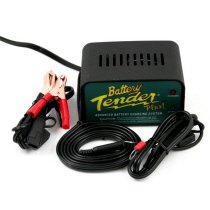Gaoler
Active member
2016 ES...
'Got the panel cover off and leads disconnected, but how the hell does the battery slide out??
Searched the forum, but no joy...
Is it a matter of wriggling until you find just the right angle..?
Am I supposed to remove more than just the right top panel??
'Got the panel cover off and leads disconnected, but how the hell does the battery slide out??
Searched the forum, but no joy...
Is it a matter of wriggling until you find just the right angle..?
Am I supposed to remove more than just the right top panel??
Last edited by a moderator:































































